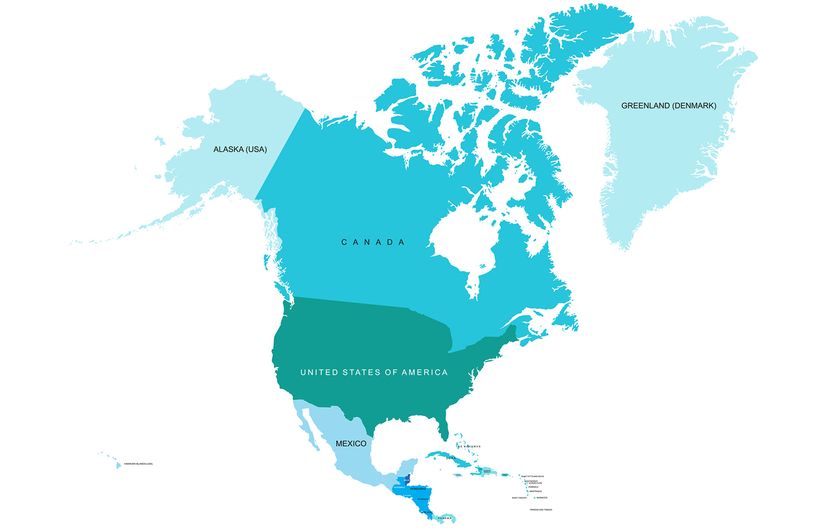Greenland is part of the Kingdom of Denmark. While it has its own Greenlandic government, including a prime minister and parliament, it remains a constituent country within the Danish realm.
Denmark handles foreign affairs and defense, while Greenland manages public affairs through the Self Government Act passed in 2009.
Greenland has had home rule since 1979, and in 2009, the Self-Government Act expanded its autonomy, recognizing Greenlanders as a people with the right to self-determination under international law.
Some Greenlandic people continue to advocate for full independence. The island's political structure includes parties like Siumut (a social democratic party) and Inuit Ataqatigiit.
Kalaallisut (West Greenlandic) is the official language, while Danish and English are also widely spoken.
The Danish monarch remains the formal head of state, and the Danish government influences policies that affect Greenland, such as those related to military bases and foreign investment.



